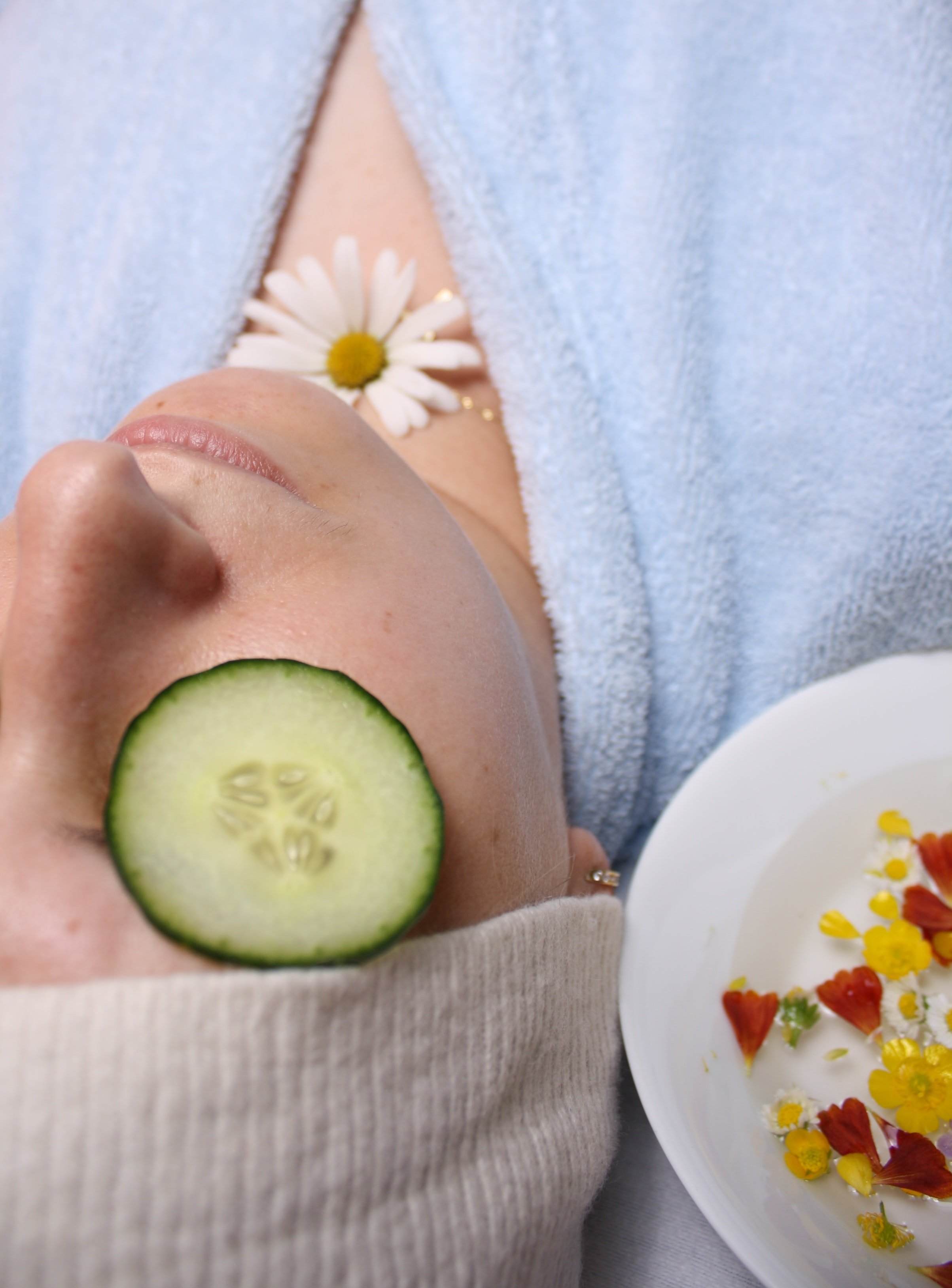What Skin Concerns Do a Chemical Peel Treat?
Do you remember the way your skin felt after your first signature facial? The supple, baby soft tenderness of your cheeks, nose, and lips? If your last facial didn’t include a chemical peel, it’s time to change the game, and we’re here to help you plan your strategy.
What are chemical peels?
Chemical peels treat a myriad of skincare issues. From uneven skin tone to age spots, a chemical peel can rejuvenate the skin, leaving you glowing and motivated to keep up with your skincare routine.
We’re living in the timeline of online influence for every single thing you could think of. From groceries to health insurance, there’s an influencer for every area. The skin care industry has its own brand of influencers, but what skincare success really boils down to is the chemical composition of the products that you’re using.
The ingredients of various chemical peels
There are a few key ingredients that help distinguish effective chemical peels from peels that talk the talk but don’t walk the walk. A good chemical peel will offer active ingredients like salicylic acid, lactic acid, glycolic acid, alpha hydroxy acid (AHA), and beta hydroxy acid (BHA).
How the strength of peels are categorized
Chemical peels are categorized by depth. The most common types of chemical peels are AHA, BHA, TCA, and Phenol peels. The lighter chemical peels are more commonly known, like AHA’s and BHA‘s. But TCA is often considered a medium strength peel and Phenol, a deep strength peel.
What skin concerns can chemical peels target?
No matter what the weather looks like where you live, sun exposure can cause age spots, uneven skin tone, fine lines, and other skin damage. Sun damage is so common and the true effects often don’t show up until years later. That’s why chemical peels are great to help tackle a multitude of concerns such as texture, fine lines, pigmentation and overall clarity of the skin.
Common questions about chemical peels
Our faces are so delicate and should always be treated with a gentle hand, and it’s completely understandable to have concerns about chemical peel treatments. Knowing that our skin actually craves that level of exfoliation is a great reminder to keep up with chemical peels and extra skincare love.
How much do chemical peels cost?
Chemical peels can range in pricing. Generally, you can expect to pay around $300 for a chemical peel session depending on your skin type and concerns.
How long do the results from chemical peels last?
If you’re spending a pretty penny on a service, it’s important to know how long you can expect those results to last. Depending on the type of chemical peel you’re getting, results can last up to a month or up to a year if you have taken the appropriate measures to protect your investment. Every skin type is completely unique and so no peels will affect the same face the same way.
How many sessions do you need for the best results?
Each chemical peel session will be determined by your esthetician as part of your individualized skincare routine.
After your first initial consultation and treatment your esthetician will go over what a chemical peel is and why it could benefit you. They will then discuss the appropriate measures to prepare your skin and select a chemical peel that they think would best suit your needs.
How to prepare for a chemical peel treatment
Knowing how to set yourself up for success for your peel starts with preparation. A week before your appointment, stay away from hair removal techniques, especially electrolysis. You should refrain from facial masks or scrubs, too. This will help keep inflammation at bay and prevent your skin from breaking out after your session.
A focus on your concerns during the session
During your session, your esthetician will talk with you about your specific skin care concerns and needs. During this time, the more information you give your specialist, the better. This time is all about you and your future skin care goals, so make the most of your time and ask any questions you may have along the way.
Proper aftercare steps to take
After your chemical peel, you’ll want to avoid sunlight, exfoliation and refrain from touching your face. Drink plenty of water to keep your skin hydrated and avoid working out or sweating for about 48 hours after your appointment. Make sure to skip the sauna, Jacuzzi, and hairdryers. And to ensure your skin has a healthy healing process, refrain from using AHA, Retin-A, or glycolic acid for at least a week unless your skincare provider says otherwise.
Book your skincare consultation and chemical peel with Lafrance Aesthetics!
If you’ve been wanting to pull the trigger on a brand new you, we’re here to help! Book a skincare consultation with us on our website. We cannot wait to help you redefine your skincare routine!

